How to plant and care for Liatris
A perennial unpretentious plant of the Asteraceae family rightfully occupies the central areas of flower beds. Flowers that resemble multi-colored church candles will be a reward for your work. In general, lyatris is not demanding in care, but it does require careful cultivation. Most often it is cultivated in the open field.
Brief description of the flower
Let's analyze the structure of the plant:
- the root system is formed from nodules that have the shape of a flattened bulb and are woven into a powerful rhizome with the help of individual processes, while the location of the rhizome is superficial;
- stems - erect, depending on the variety, they can be simple or branched;
- foliage - linear, sharpened towards the upper edge, painted in a bright green color, which does not fade until late autumn, and then changes to bronze. Leaves cover the stems densely;
- depending on the variety, the plant height reaches 2 m;
- flowers - tubular, collected in baskets. Inflorescences are in the form of ears or brushes, up to 500 mm long. Depending on the variety, they are purple, pink, white, yellow, red. After flowering, ribbed and oblong achenes develop.
Interesting fact: Liatris has a whole range of healing properties. Infusions from it help in the fight against kidney diseases, and the rhizomes were applied to the site of the bite of poisonous snakes. Perennial helps with sore throat, accelerates the healing of wounds and burns.
Preparing for landing
To create comfortable conditions for flowers, first of all, we will take care of choosing a place for a flower garden. Well-lit and heated soil is suitable for liatris, but the flower takes root normally in partial shade. A perennial does not tolerate constant drafts and blowing winds, constant cold and wet climate.
Next, we determine the size of the seat for landing. Stems and leaves must receive enough air for normal development and disease prevention. There should be at least 250-300 mm between the bushes.
The best period for breeding and planting is early spring or fall. In the latter case, work must be completed at least 30 days before the first frost. After that, the plants are covered (for the first winter), and in the spring the flowers begin to grow and develop rapidly.
Spring planting of liatris is carried out at the first thaws - this is how the seedlings have time to take root and approach the hot season with a strong, strong root system.
Interesting information: If the plants do not receive enough nutrition and sunlight, they are significantly behind in development and grow stunted, but they do not lose their beauty even in such conditions.
How to choose a soil
Liatrice is most comfortable on light, always loosened soil with a sufficient drainage layer, rich in micro and macro elements. In terms of acidity, the soil should be neutral, possibly with a slightly acidic reaction. Heavy soils or with closely spaced groundwater are not suitable.
Fluid stagnation (whether caused by topography, heavy rainfall, or over-watering) is dangerous for liatris. Such conditions will cause the formation of gray rot on the bushes, the wetting of the nodules and the death of flowers.
Whether the correct site has been chosen for planting, Liatris will show in the first year. Ideally, it will develop well, reach maximum growth, lay buds, and its foliage will be rich green.
Reproduction and settlement on the site
For reproduction of liatris, the division of the rhizome and the seed method are used. The first method is preferred.The peculiarity of a perennial is that division does not harm it.
Vegetative way
The shoots, with the help of which the bulb nodules are connected, are easily separated and not damaged when dividing an adult bush into seedlings. The bushes begin to bloom in the first year.
Operating procedure:
- In the fall, after the bushes have dried, we dig out the root system of the mother bush. It is better to use an adult and strong bush for work, otherwise we will not get good planting material and destroy the plant in vain.
- Carefully remove the soil and rinse the rhizome with warm water and manganese for disinfection.
- Leave it to dry completely in a warm place.
- We start sorting the nodules. Saplings with a diameter of at least 20 mm are suitable for us.
- If the bush is dug up, and the nodules are small, we plant them in a school for growing and planting ready-made seedlings.
- We carefully examine the sorted tubers. In case of damage, painful appearance or insufficient size, we throw out the "blanks".
- For planting, mix compost and the top fertile soil layer in equal proportions.
- Digging holes. Their depth is from 100 mm. Row spacing and distance between seedlings - from 250 mm.
- We put a thin layer of broken brick or expanded clay on the bottom. We fall asleep a little soil in the holes.
- Install the tuber with the hollow down. This is a mandatory rule!
- We water the hole and continue to fill it with small portions of the prepared soil.
The optimum age for dividing the Liatris bush is 3-4 years. The procedure is also performed in the pre-autumn period.
Seed method
The seed is germinated either directly on the garden bed or in seedling containers. The latter option is suitable for regions with long winters and late frosts. In other areas, there is no need to stress young bushes by transferring seedlings to a garden bed from temporary containers.
It is better to carry out work in the fall, at least in early spring, so that the bushes develop well and take root before the hot period.
Operating procedure:
- We soak the seed in a solution of potassium permanganate with the addition of a growth activator or humate for 12 or more hours.
- Another way of preparing seeds for planting, which significantly increases their germination, is to refrigerate the seeds in the refrigerator for a month.
- Before planting, we fertilize the soil with humus and compost and add the whole range of mineral fertilizers.
- We make small holes at a distance of 250 mm from each other.
- In each we draw several rows, water and distribute the seeds.
- We cover the dishes with light, loose soil and a layer of mulch.
For the winter, we protect the sprouted bushes with a covering material, and in the spring the plants will get stronger and continue to thrive with sufficient care. But the first flowers on such bushes will appear only in the second year of life. This is the main drawback of the seed propagation method. Another fly in the ointment - such plants do not always retain the properties of the variety, with self-dispersing and collecting seed from hybrids.
Care rules
Liatris calmly tolerates heat and frost. It does not require special watering either. In a normal year, the flowers have enough moisture from precipitation. In dry conditions, you need to provide moderate regular watering.
Basically, maintenance difficulties are associated with soil preparation and top dressing. Constant mulching of the soil under the bushes and the entire aisle will help to get bright colors of flowers and greenery. Add a layer of deciduous tree bark mulch to your flower garden. It is not recommended to loosen the soil: the root system spreads over a large area and is located under the very top.
Instead of working with a hoe, it is better to add peat, organic matter, mulch under the flowers. For feeding in the spring we use ready-made nitrogen fertilizers, in the summer months we add phosphorus-potassium compounds, and in the pre-winter period we cover the bushes with a layer of compost and organic matter.The thickness of such a layer is from 150 mm, it will protect the plants from frost and add nutrients to the soil.
The plant is resistant to diseases. The only trouble is gray rot with strong watering and wet summer. To eliminate it, you will need to treat the flowers with fungicides, but it is better to eliminate the cause. To do this, add a layer of mulch and drain the beds.
Among the pests, garden snails and cabbage are dangerous (bear). To combat the latter, you will need to embed special granules in the soil or use the folk method.
Folk recipe against a bear:
- we take a bottle of any beer;
- pour out or drink the liquid, leaving about 1/3 part;
- we dig a hole and place a container with alcohol in it, at an acute angle;
- the neck of the bottle should be located in a small hole and protrude slightly above the surface.
Pests, attracted by the smell of beer, creep in and crawl into the container. They will not be able to get out on slippery surfaces and will die.
Fulfilling all the rules and recommendations of experienced florists, every lover of beautiful flowers, spending a little time and effort, will be able to grow a carpet of multi-colored tall liatris bushes on the site. The main thing is to love your green pets.
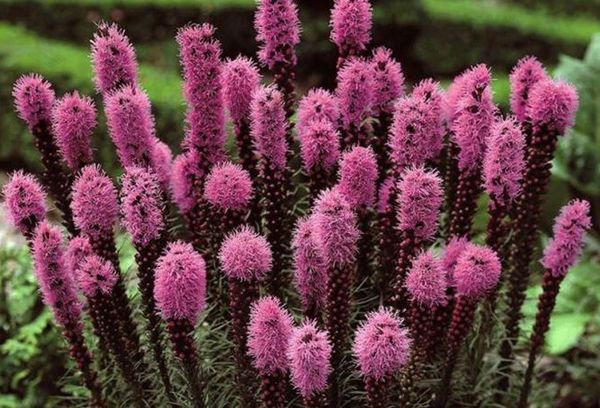
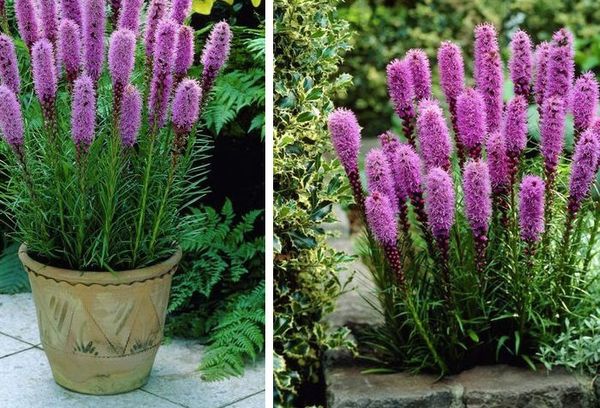

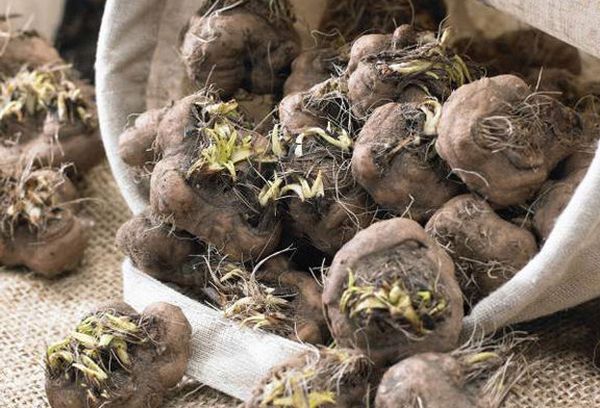
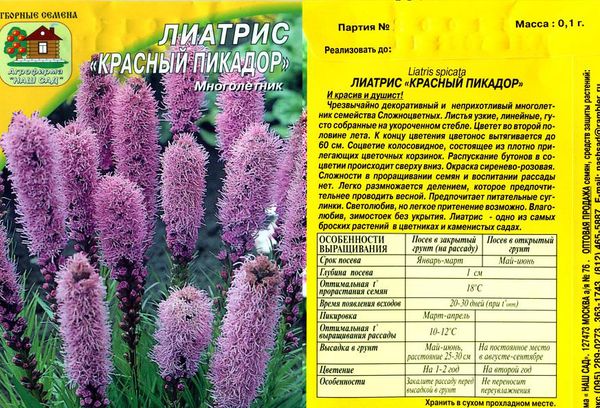

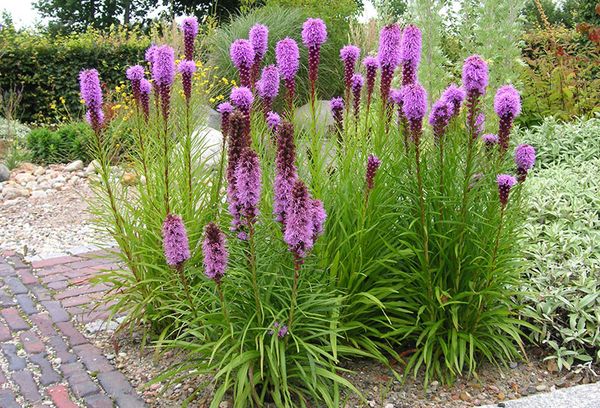
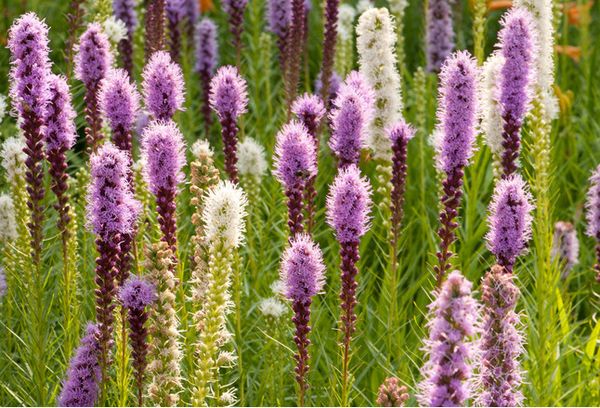

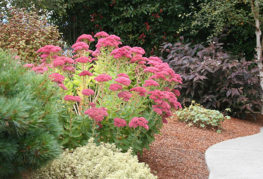
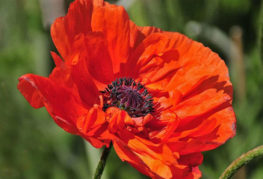
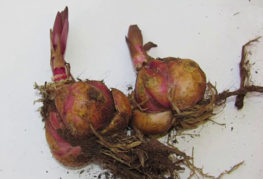
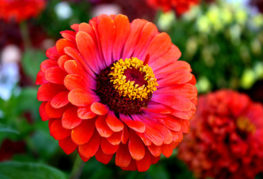
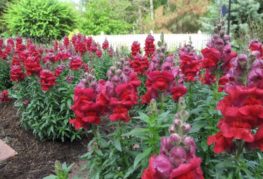
and will be published shortly.